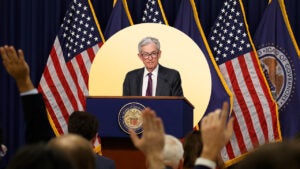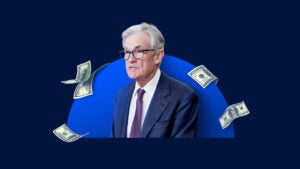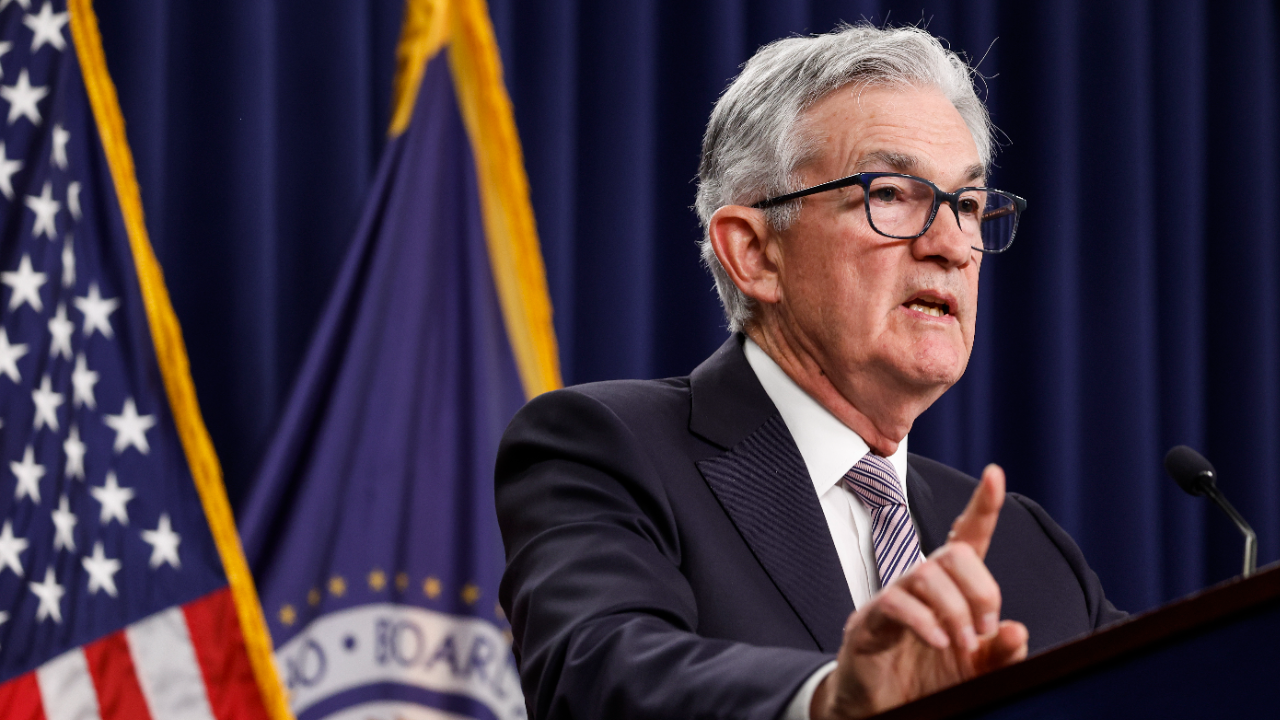Survey: 43% of economists say inflation hasn’t yet peaked
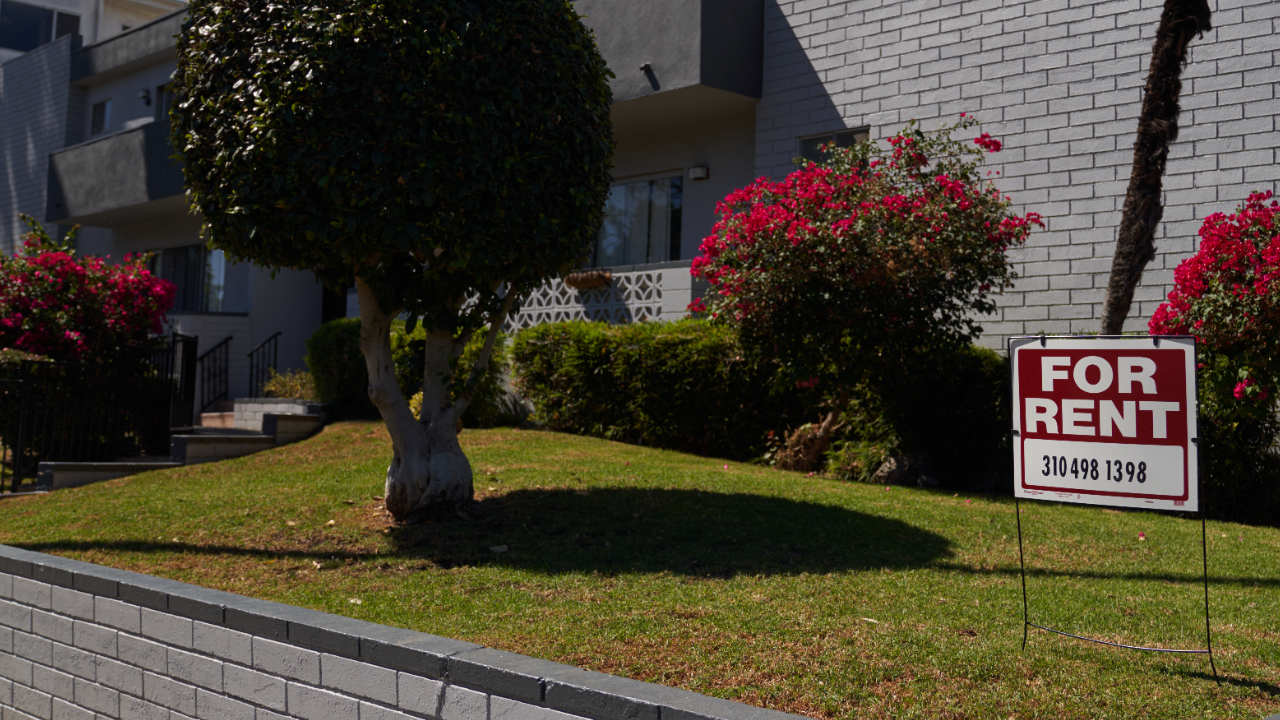
Americans are holding out for relief from 40-year high inflation — but they might have to keep on waiting.
The largest cluster of economists (43 percent) in Bankrate’s Third-Quarter Economic Indicator poll said inflation will be more significant than expected over the next 12 to 18 months. The rest of the economists were evenly split on whether inflation would behave as expected or cool over the same time period, at 29 percent each.
The forecasts aren’t just meaningful because they show inflation staying long past its welcome, but also because they suggest that price pressures will continue to be a problem even with the Federal Reserve being called to action. In just a six-month span, the Fed has raised rates by 3 percentage points so far this year, a pace that hasn’t been seen since the 1980s. Officials are also likely to hike another 1.5 percentage points on top of their rapid pace of tightening, economists estimated.
Higher borrowing costs and inflation are both no doubt squeezing Americans’ wallets — and the economy.
“While there’s great concern about the prospects of a recession over the next year or so, the reality is that Americans have already been dealing with hardship in the form of high and sustained inflation,” says Mark Hamrick, Bankrate senior economic analyst. “Like an illness that infects the economy, the symptoms of a recession and high inflation are different in some ways and similar in others. What they have in common is that consumers’ buying power is eroded, either by an escalation in costs or an interruption in income or some combination of the two.”
Forecast and analysis:
- Experts see massive hiring slowdown and surging unemployment a year from now
- The Fed’s interest rate will top 4.71 percent, the highest since 2007
- 43 percent of economists say inflation hasn’t yet peaked
- Odds of a U.S. recession by middle of 2024 now at 65 percent
Why inflation could heat up more from here
No single cause is to blame for inflation’s attack on Americans’ purchasing power, nor is one factor responsible for it lingering far longer than many economists had expected.
Economists say pandemic-driven supply disruptions accompanied by massive demand from direct relief from the federal government helped get both forces out of whack, issues that were only further exacerbated by the war in Ukraine. In addition to a goods shortage, U.S. employers for months have also had a near-record number of job openings, with about 1.7 open jobs per every unemployed worker.
The intense demand for labor has propelled wage growth at the fastest pace in decades. Just 39 percent of workers in a September Bankrate poll reported not receiving higher pay or a better-paying job, the lowest in any prior iteration of the poll and significantly down from 56 percent in 2021, 50 percent in 2019 and 62 percent in 2018.
Pervasive expenses such as higher gasoline or energy costs tend to impact almost every other good, while important lines in households’ budgets that are stickier — such as rent or tuition — can lag inflation in other categories by a year or more. That could be part of the reason why core inflation excluding the volatile food and energy categories picked up in August, even as headline inflation edged down.
“The Fed is hoping to quickly dampen inflation, but it will likely have a difficult time bringing inflation back down to the 2 percent range due to the way inflation is measured and the impact of ongoing supply chain bottlenecks,” says Odeta Kushi, chief economist at First American Financial Corporation. “The slowdown in house price appreciation and rent deceleration that we’re seeing today will likely not show up in the inflation measures for some time. As the Fed acts to tame inflation, lagging shelter inflation will be a challenge to overcome.”
Even so, food prices are soaring, likely factoring in more expensive transportation costs. Groceries jumped 11.4 percent from a year ago, the biggest gain since May 1979.
Even with their expectation to raise interest rates to a target range of 4.5-4.75 percent when it’s all said and done, Fed officials still see inflation holding above its 2 percent target until at least 2025, according to projections updated in September.
Inflation doesn’t just matter for consumers’ purchasing power. The Fed will also look to price pressures for guidance on how much more to lift rates. Higher inflation for longer could push policymakers into hiking interest rates even more than they’re already expecting — and that could have consequences for the labor market and the economy. Yet, an economic slowdown and the growing risk of a recession could also help slow demand to take the edge off price pressures, too.
“The Federal Reserve is determined to bring down inflation expectations and has pursued new rate hikes despite recession risks,” says Ryan Sweet, senior director of economic research at Moody’s Analytics. “The Fed’s commitment to contain prices is credible. The key is that energy prices can’t resume rising and stress in supply chains needs to continue to improve.”
Hear from the experts

Inflation remains close to 40-year highs, is broad based, and is likely to remain stubbornly high. While headline inflation has eased slightly in recent months, this was driven heavily by falling energy prices, but key spending categories such as food and shelter continue to see high rates of annual inflation growth. The Fed’s moves will ultimately reduce overall inflation but it will take time for some of the more persistent components to turn.— Mike Fratantoni, chief economist, Mortgage Bankers Association
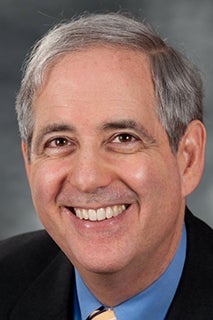
Slackening demand due to recession and improvement in various supply chains will reduce price pressure and bring inflation down faster than many expect. Food and energy prices will continue to be major wild cards as Russia continues its war against Ukraine.— Bernard Markstein, president and chief economist, Markstein Advisors
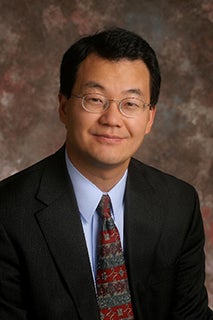
It may not be until 2025 before we get to the desired 2 percent inflation rate. All the government support and help are not without cost. Inflation could linger and thereby force the Fed to tighten even further. Deficit financing is not a free lunch.— Lawrence Yun, chief economist, National Association of Realtors
Methodology
The Third-Quarter 2022 Bankrate Economic Indicator Survey of economists was conducted Sept. 22-29. Survey requests were emailed to economists nationwide, and responses were submitted voluntarily online. Responding were: Ryan Sweet, senior director of economic research, Moody’s Analytics; Yelena Maleyev, economist, KPMG LLP; Odeta Kushi, deputy chief economist, First American Financial Corporation; Lawrence Yun, chief economist, National Association of Realtors; Robert Hughes, senior research faculty, American Institute for Economic Research; Mike Fratantoni, chief economist, Mortgage Bankers Association; Bernard Baumohl, chief global economist, The Economic Outlook Group; Scott Anderson, executive vice president and chief economist, Bank of the West; Bernard Markstein, president and chief economist, Markstein Advisors; Mike Englund, chief economist, Action Economics; John E. Silvia, founder and president, Dynamic Economic Strategies; Robert Frick, corporate economist, Navy Federal Credit Union; Joel Naroff, president, Naroff Economics; and Robert Brusca, chief economist, Fact and Opinion Economics.



